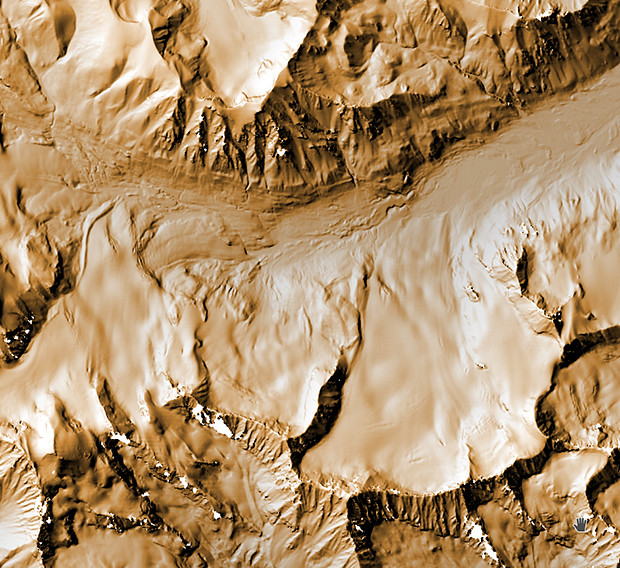
High Mountain Asia (HMA)
Overview
The NSIDC DAAC High Mountain Asia (HMA) collection includes data related to snow and ice in a region that stretches across five mountain ranges, including the Himalaya and Hindu Kush. The region covers parts of China, Afghanistan, Nepal, India, Pakistan, Bhutan, Kazakhstan, Uzbekistan, Kyrgyzstan, and Tajikistan. These mountains funnel fresh water into major river basins that support about 1.5 billion people, providing drinking water, irrigation, and hydropower.
HMA has one of the highest concentrations of snow and glacier ice outside of the polar regions. Changes in snow and ice influence glacial advances and retreats, changing the capacity for life-sustaining water while posing hazards such as glacial-lake outburst floods and landslides. To monitor these changes, NASA funded the High Mountain Asia Team (HiMAT), consisting of 13 research groups, to integrate historical data with newer data-collecting techniques that include:
- Optical imagery to map the extent of glaciers and seasonal snow
- Photogrammetry, or the assembly of disparate satellite images to create a topographical map
- Measurements of Earth’s surface height using lasers
- Satellite gravimetry to measure changes in Earth’s mass caused by variations in the water cycle
The High Mountain Asia effort includes two projects:
- HMA-1 lasting from 2016 to 2020
- HMA-2 which started in late 2020 and will continue into 2023
The data and tools produced by the High Mountain Asia team are called the Glacier and Snow Melt Toolbox (GMELT). GMELT consists of remote sensing products such as digital elevation and snow cover maps; precipitation, dust, and water models; and other tools to assess and project change in the water, ice, snow, hazards, and related phenomena in HMA.
Parameters
Glacier, snow, and precipitation changes; and ice- and water-related hazards over high mountain Asia
Geographic coverage
Tian Shan / Hindu Kush to eastern Himalaya
